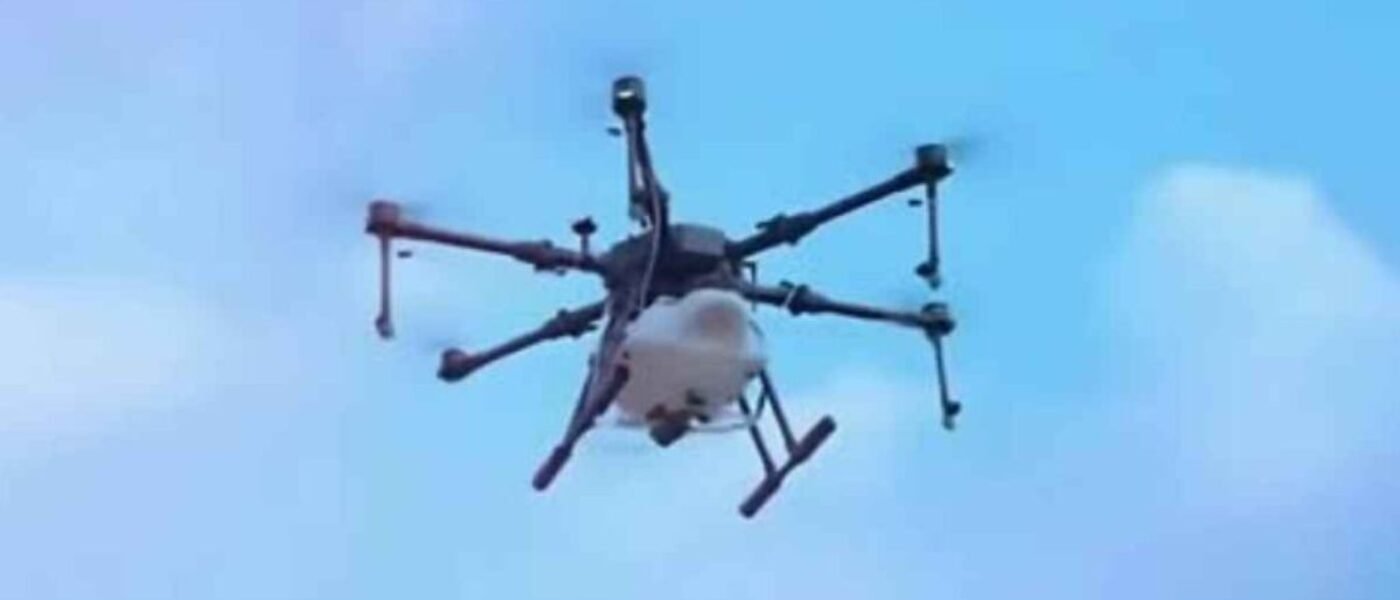In recent years, the drone industry in India has emerged as a rapidly advancing sector with significant economic potential. As the Union Budget for 2025-26 approaches, drone industry seeks PLI scheme expansion. Leaders are advocating for enhanced support through the Production Linked Incentive (PLI) scheme, aiming to boost domestic manufacturing capabilities and decrease import dependence.
The initial framework of the PLI scheme for drones, launched in September 2021, included an allocation of Rs 120 crore over a three-year period. This was intended to support the production of drones, their components, and related software development. However, stakeholders in the sector now argue that this funding is insufficient for the burgeoning opportunities within the industry. Echoing these concerns, Ankit Mehta, CEO of Ideaforge Ltd—India’s leading drone manufacturer—has proposed a significantly increased PLI scheme valued at Rs 1,000-2,000 crore, extending over at least five years.
Mehta, whose company Ideaforge has been a pioneer in the manufacturing of drones for nearly two decades, underscored the importance of financial backing in fostering a strong domestic supply chain, thereby reducing India’s dependence on imported components. Ideaforge, having gone public in 2023, reported notable revenue of Rs 37.10 crore in the second quarter of FY25, underlining the financial prowess and potential of the domestic drone industry.
In addition to financial incentives, there is a collective call for establishing a dedicated research and development (R&D) fund to drive indigenous innovation. A robust R&D infrastructure is seen as vital not only for technological advancements but also for developing homegrown drone components that could be exported globally. This sentiment is supported by the Drone Federation of India (DFI), which represents over 200 manufacturers and 350 service providers. DFI’s president, Smit Shah, has advocated for a revamped PLI scheme that could draw investments and enhance India’s competitiveness on the global stage.
A comprehensive approach to advancing the sector includes proposals for a dedicated credit line to enable business expansion and a strategic ban on importing critical components from countries sharing land borders with India. Such measures are poised to ensure cybersecurity, promoting indigenisation and fostering a self-reliant industry. The industry also anticipates increased drone applications in governance, security, and infrastructure monitoring, alongside burgeoning roles in healthcare, public safety, and disaster response.
This strategic approach, as articulated by industry leaders, promises to generate sustained demand and spur growth across the sector. With these enhancements, India has the potential to emerge as a global powerhouse in drone technology, leading the way in innovation and market presence.
As the governmental fiscal plan for 2025-26 draws near, the drone industry remains hopeful for forward-thinking policy interventions. Such measures are expected not only to align with the national agenda of self-reliance but also to catalyse the transformation of India’s drone sector into a formidable global entity.
In conclusion, the proposed expansion and restructuring of the PLI scheme for drones are likely to play a crucial role in shaping the future of this high-potential industry in India. With concerted efforts and strategic governmental support, the drone industry is on the brink of a significant leap forward, poised to redefine its global standing in the near future.
